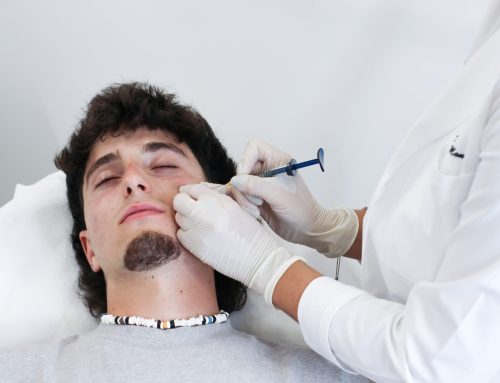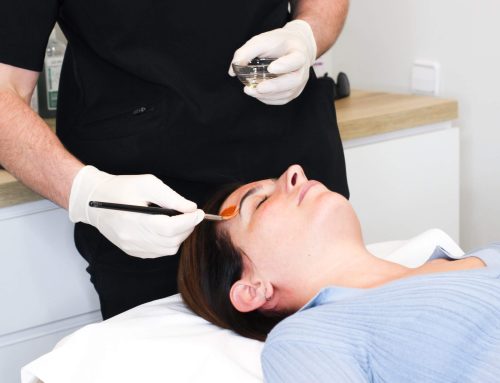Waxing, especially depilatory waxing, causes irritation when the hair is removed in a traumatic way. The skin, and specifically the hair follicle, suffers an aggression, i.e. a small wound is produced which reacts with inflammation.
Post-inflammatory hyperpigmentation is a type of skin pigmentation that is mainly triggered by the way the skin regenerates after inflammation, as occurs with this type of hair removal.
This hyperpigmentation can appear anywhere on the skin surface: in the epidermis, damage to keratinocytes (skin cells) causes an increase in the production of melanin (a substance that gives the skin a dark colour) and its transfer to other keratinocytes. In addition, during the inflammatory process there is damage to the basal layer, which causes the release of large amounts of melanin. Importantly, melanin tends to persist for long periods.
As with other acquired hyperpigmentations, treatment is difficult. Primarily the primary pathological process that caused the hyperpigmentation (in this case waxing) must be treated to prevent the appearance of new hyperpigmented lesions.
Another possible effect of waxing is folliculitis. This is the inflammation of one or more hair follicles, and can be located anywhere on the skin. It is defined by the presence of inflammatory cells in the wall and ostium of the follicle (hair outgrowth).
Its clinical presentation is in the form of perifollicular erythematous papules, on which yellowish-white pustules rapidly develop, centred by a hair and surrounded by an inflammatory halo.
Post-depilation infection is characterised by papulopustular lesions on both legs, which appear between 6 and 48 hours after depilation, and is due to the fact that heat facilitates dilation of the follicular ostium and penetration of the micro-organism.
Treatment consists of avoiding this type of depilation in the affected areas and applying antiseptics, or in some cases antibiotics.
One option to avoid these consequences of waxing is laser photoepilation, which is the best treatment as it controls hair growth and therefore solves the problem.
The laser energy produces a photothermal effect on the hair by generating a temperature high enough to cause irreversible damage to the follicular structures. Some lasers include a cooling system that reduces the adverse effects, such as the damage to the epidermis (the skin) that we have mentioned.



